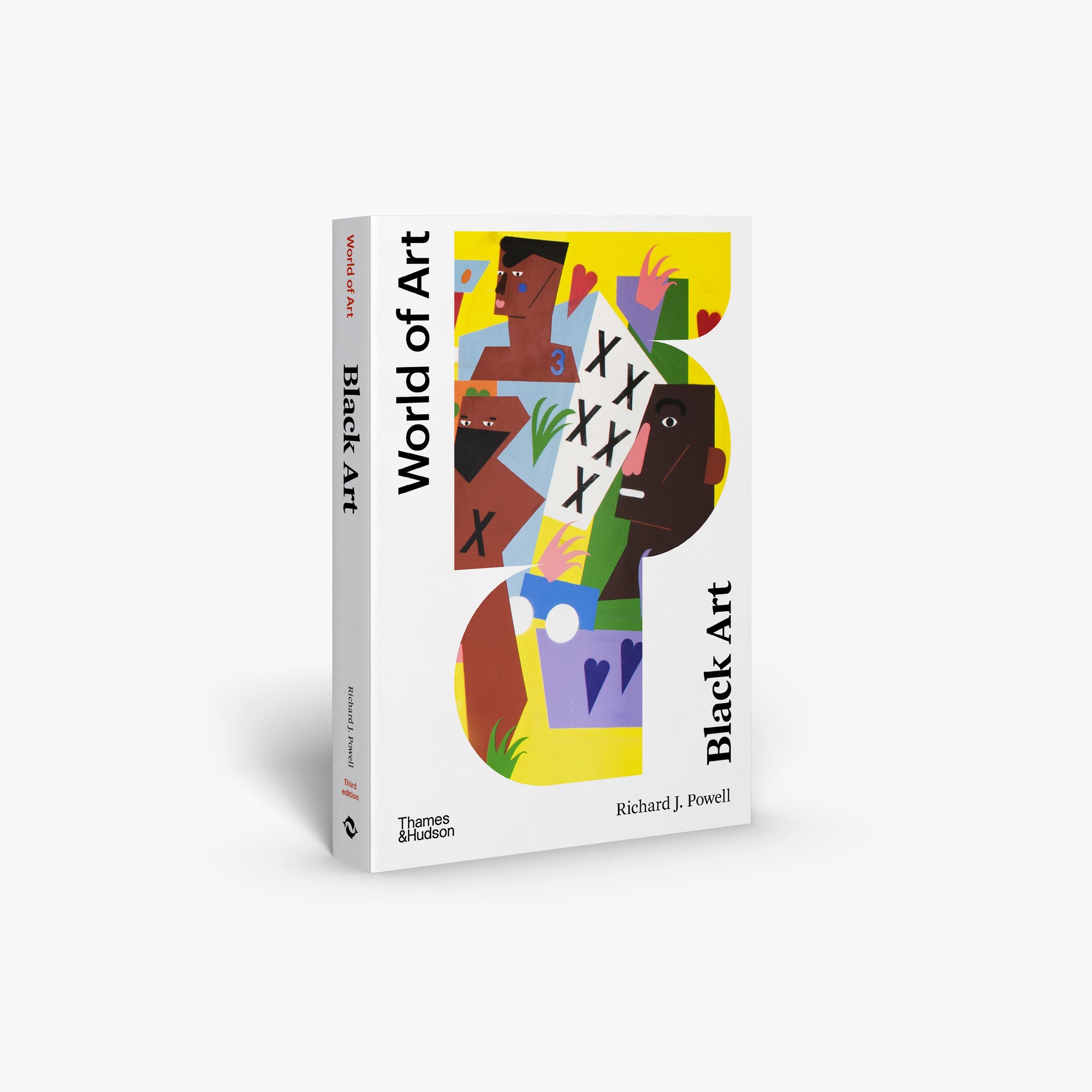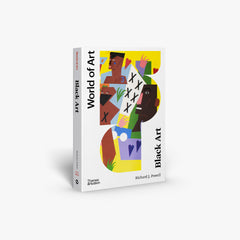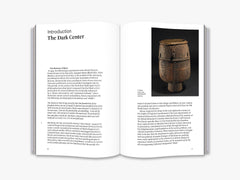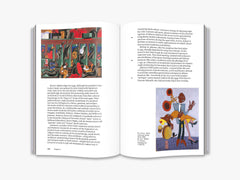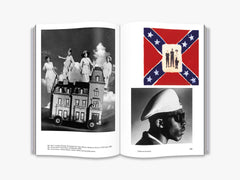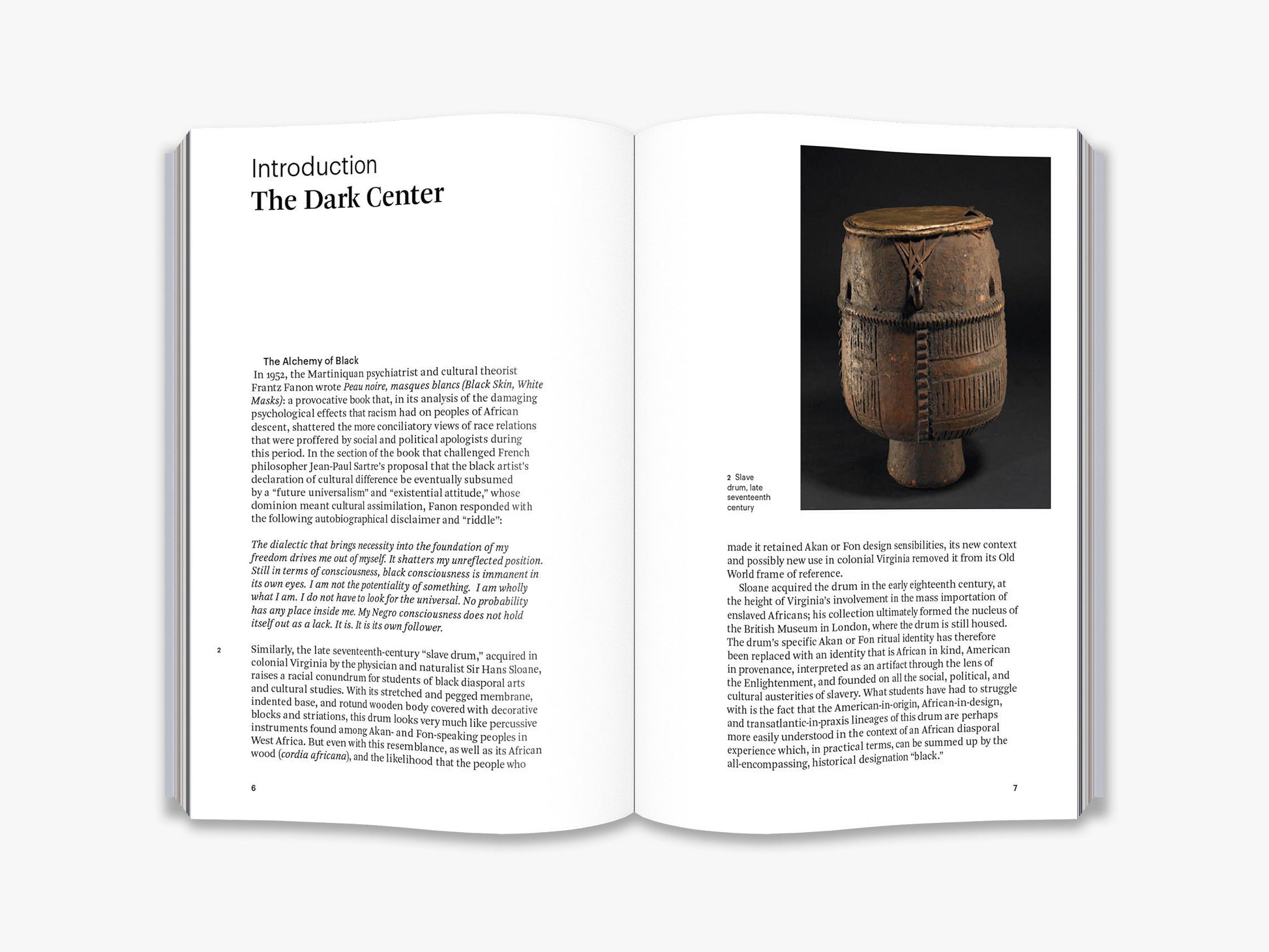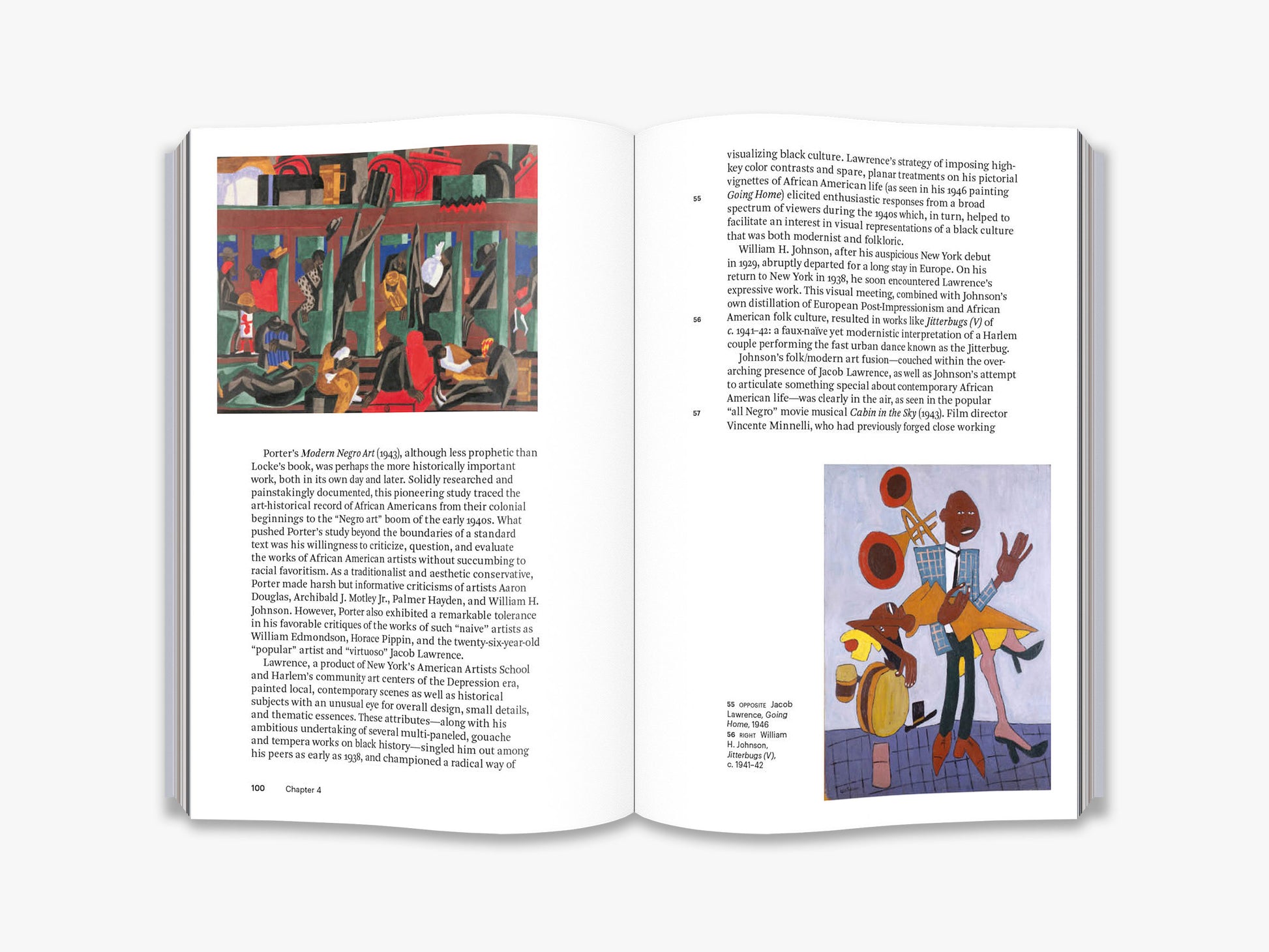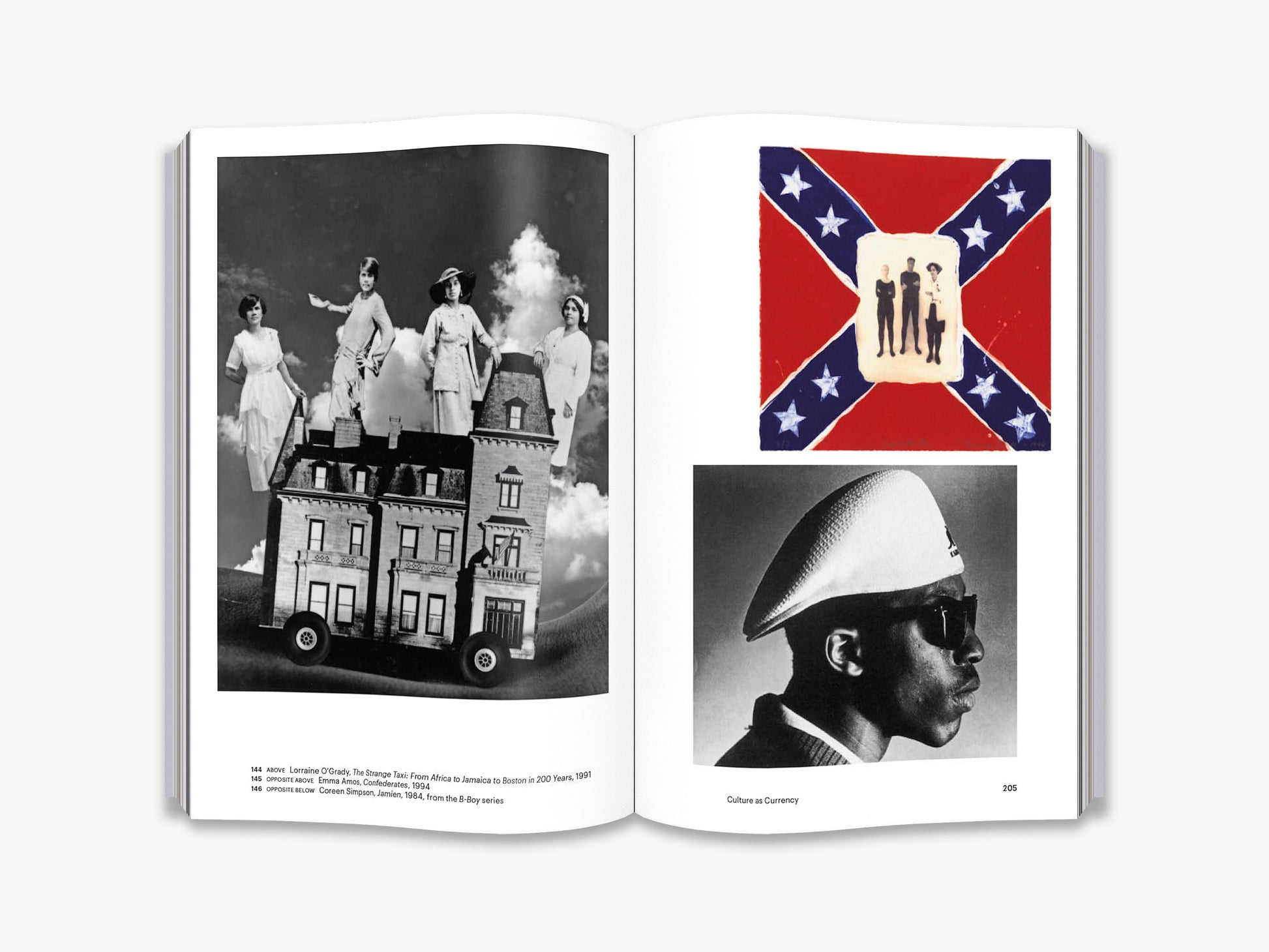Now updated, this new edition helps us understand better how the first two decades of the twenty-first century have been a transformative moment in which previous assumptions about race, difference, and identity have been irrevocably altered, with art providing a useful lens through which to think about these compelling issues.
1. Art, Culture and “the Souls of Black Folk”
2. Enter and Exit the “New Negro”
3. The Cult of the People
4. Pride, Assimilation, and Dreams
5. “Black is a Colour”
6. Culture as Currency
7. Through a Glass, Diasporally
8. Fin-de-Siècle Blues
9. The Price of Blackness
Bibliographical Notes
Select Bibliography and Sources
List of Illustrations 00 Index
Press Reviews
Thelma Golden, Director and Chief Curator of The Studio Museum in Harlem, New York City
Zoé Whitley, Director, Chisenhale Gallery
Booklist
International Review of African American Art
Richard J. Powell is the John Spencer Bassett Professor of Art and Art History at Duke University, Durham, North Carolina, where he has taught since 1989. His publications include: The Blues Aesthetic: Black Culture and Modernism; Cutting a Figure: Fashioning Black Portraiture; Going There: Black Visual Satire; and Homecoming: The Art and Life of William H. Johnson. From 2007 until 2010, Powell was Editor-in-Chief of The Art Bulletin.
You May Also Like
View more- Choosing a selection results in a full page refresh.


